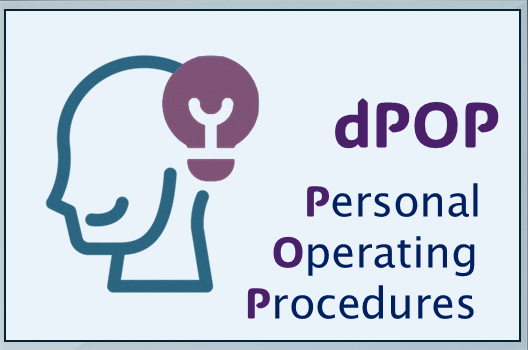In their highly regarded book, Exceptional Service, Exceptional Profit: The Secrets of Building a Five-Star Customer Service Organization by Leonardo Inghilleri and Micah Solomon, the authors say:
– The magic happens when you, your systems, and the employees throughout the ranks of your business anticipate the needs of your customers, learning to recognise and respond to the needs of your customers before they are expressed—sometimes before your customers even realise they have a need. That is the difference between providing ho-hum service by merely reacting to customer requests and building loyalty through true anticipatory service –
This is a good definition of what customer care is: designing a system that anticipates the customer needs, rather than a system that reacts to their requests.
Here are some guidelines on developing such a system:
Service excellence is a culture, not a department
- The customer must be everyone’s focus—from back door to the front door – and everyone in between
Hire for attitude, train for skill
- Attitude and personality are harder to teach than technical skills so recruit people with empathy, positivity, and a genuine desire to serve.
Empower employees to create “Wow” moments
- Front-line employees should be given the autonomy to resolve issues and create delight so give them tools, authority, and trust to make decisions on the spot.
- Empowerment fosters engagement, accountability, and quicker resolution.
Anticipate unstated needs
- Customer care is proactive, so train staff to be observant and proactive—seeing what the customer might need before they ask, as these moments build emotional loyalty and create standout experiences.
Every interaction is a moment of truth
- Each interaction with a customer either enhances or diminishes their perception of your brand and a moment of truth is when a customer evaluates whether your company lives up to its promise.
Recovery is an opportunity
- Mistakes will happen—but how you recover matters more than the mistake itself, and a quick, sincere, and generous recovery can turn a dissatisfied customer into a loyal advocate.
Systematise service delivery
- Systems should support—not stifle—personalised service. Use systems (tech, processes, standards) to ensure consistency and quality at scale.
- Good, consistent operating systems are the bedrock of a good, consistent customer care system
Measure and reinforce the right behaviours
- Metrics should go beyond speed or efficiency to include customer satisfaction, loyalty, and emotional engagement and staff should be rewarded for behaviours that align with the company’s service mission.
Profit is the result, Not the goal
- Focus on service excellence and customer loyalty, and profit will follow – remember that short-term cost-cutting often undermines long-term loyalty and brand strength.
“Building a good customer experience does not happen by accident. happens by design.” – Clare Muscutt
These guidelines can be broken into seven steps
Customer-Centric Culture:
- Leadership must create a company-wide customer-centric culture and reinforce values of empathy, attentiveness, and continuous improvement.
Empowerment and Training:
- Employees should be trained and empowered to solve problems without managerial intervention and customer led guidelines should replace rigid rules to allow flexibility and responsiveness.
Personalisation:
- Data and observation should be established to tailor services to individual customer needs and the small touches, like remembering preferences, can create memorable moments.
Anticipation of Needs:
- The best service feels intuitive, and staff should be trained staff to anticipate unspoken guest needs and act proactively.
Systems That Support Service:
- Great service needs to be supported by the right operating systems. Remember that even behind-the-scenes systems impact the customer’s experience.
Creating Emotional Connections:
- Make customers feel valued, not just served, the emotional bonds lead to loyalty.
- Moments of recovery (when something goes wrong) are prime opportunities to build stronger relationships – everybody make mistakes, it’s how you positively handle the situation that is important.
Measure What Matters:
- Internal metrics should measure things like customer loyalty, satisfaction, and likelihood to recommend.
Some thoughts
- The “Silent Customer”: Most dissatisfied customers don’t complain—they just disappear. Don’t mistake silence for satisfaction.
- Creating a “Golden Thread”: Align culture, hiring, training, and operations so that everything supports the customer experience.
- “Memorable, Not Mechanical”: Avoid robotic service. Human connection – personalisation, is what people remember.
“A brand is no longer what we tell the customer it is – it is what customers tell each other it is.” – Scott Cook
At Customer Care Insights we can help you nurture a culture of customer care within your organisation – call Frank on 087 206 1934 or frank@customer.ie

